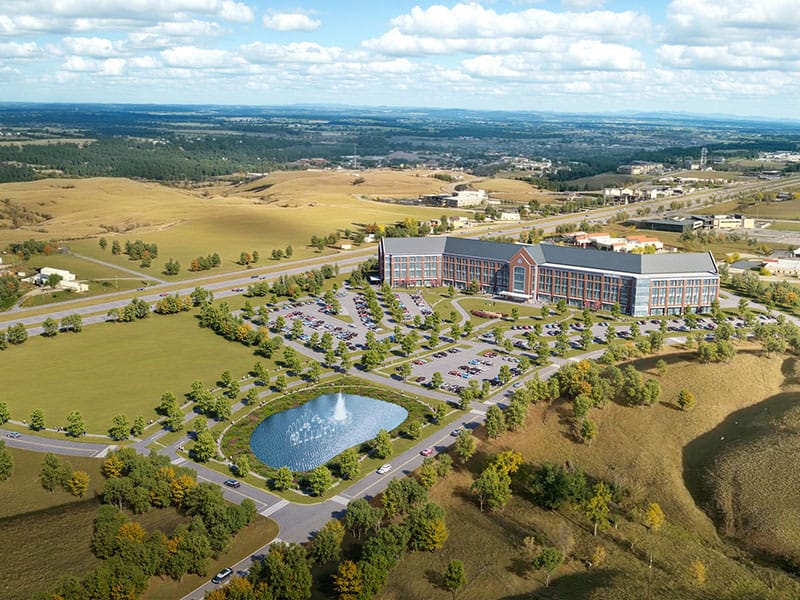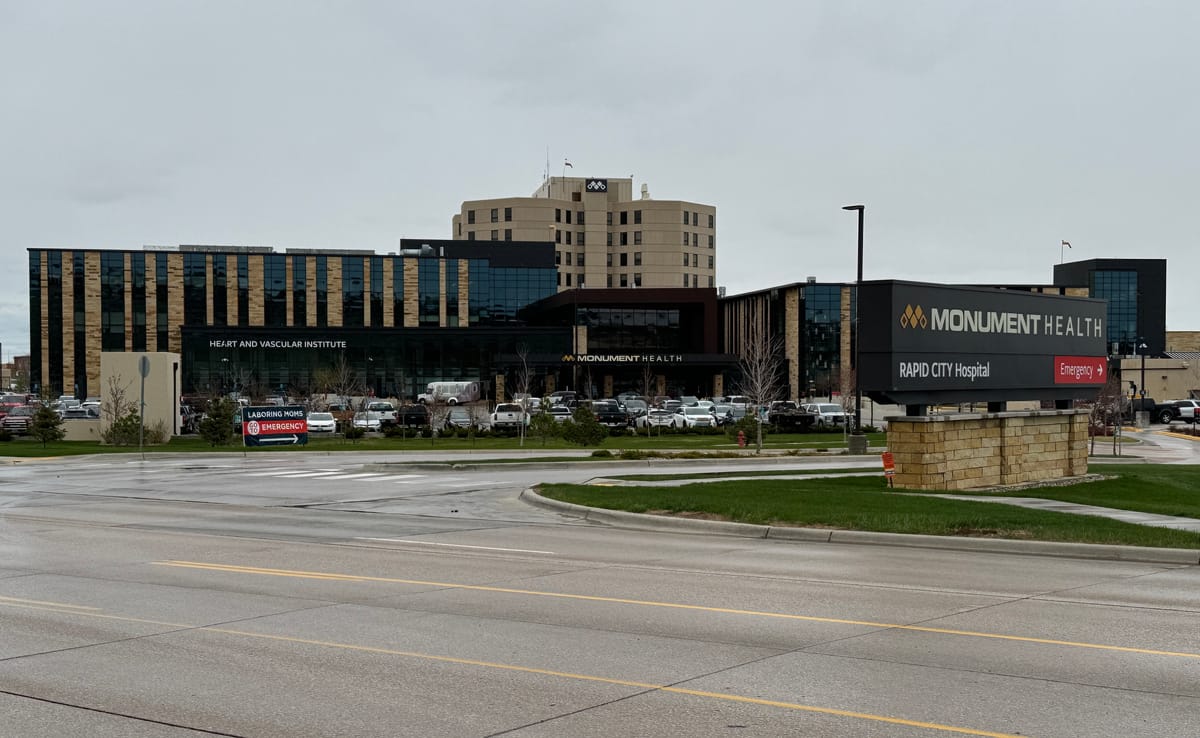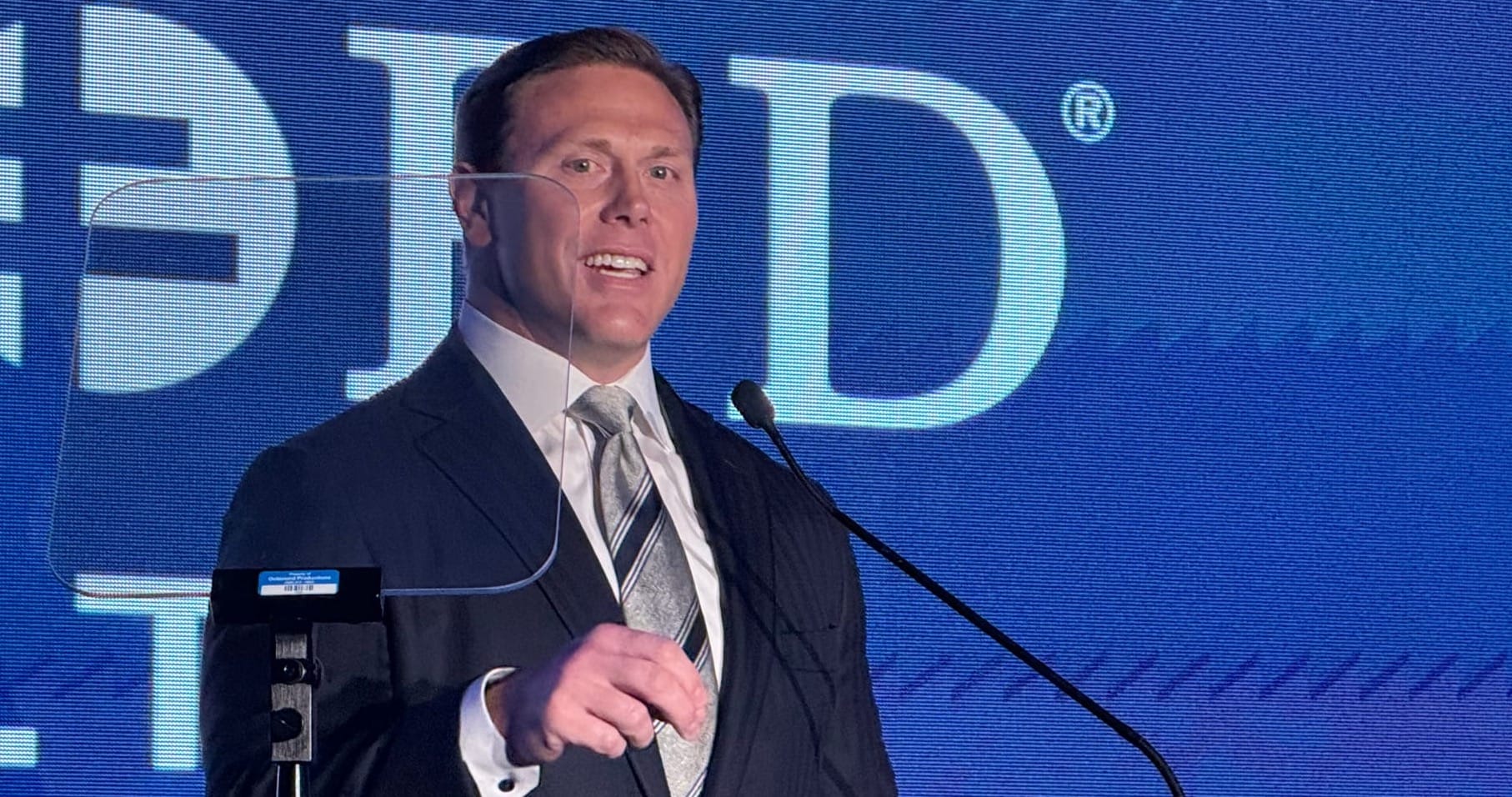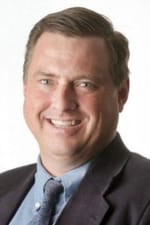RAPID CITY, S.D. – Monument Health could lose $40 million a year in federal revenue, be forced to reduce some medical services and have to cut back on construction efforts as a result of plans by Sanford Health to build a competing medical campus, Monument's CEO said in an interview.
Right now, Monument operates the only hospital in Rapid City and is the major provider of primary, emergency and specialty medical care in western South Dakota. But for the first time, it would have direct competition for many of those services – and their related revenues – due to Sanford Health's $500 million expansion plans.
Sanford Health announced on Nov. 17 that the Sioux Falls-based medical group plans to build a 168-bed, full-service hospital as well as numerous specialty facilities by 2030 on a 480,000 square-foot campus in southwestern Rapid City. The project will be fueled in large part by a $300 million donation by South Dakota philanthropist and namesake Denny Sanford.

While the announcement was met with great excitement by local and state officials, it has also raised questions and concerns about the financial future of Monument Health and its ability to provide a broad range of medical care for patients of all incomes across western South Dakota and eastern Wyoming, according to president and CEO Paulette Davidson.
However, it's far too soon to know exactly how the Sanford Black Hills Medical Center campus will affect operations and revenues at Monument once it is built and operational, she said.
"There's so many repercussions I don't know yet ... (but) I think we have to look at every service we provide very carefully," Davidson said. "The community needs the services that we're providing. And if there are some barriers to our ability to do that in the future, that's where I have concerns."

Sanford Health is a much larger provider. It is the largest rural health system in the U.S., with 48 medical centers and 226 clinics across seven Midwest states. The group's annual revenues in 2023 were $5.7 billion and assets were $3.8 billion, according to tax documents.
Monument Health has five hospitals and 23 clinics, almost all in western South Dakota. Its annual revenue in 2023 was $1.2 billion and assets were $1.5 billion, according to Monument's annual report.
Sanford Health CEO Bill Gassen, speaking at a press conference after the expansion announcement on Nov. 17, said he believes having multiple providers will benefit patients and providers.

"Competition makes for a better community," he said. "The competition that has taken place for the past several decades in Sioux Falls ... we have better care in that community due to the competition and I actually believe that is what is going to happen here, too."
But in a wide-ranging interview with South Dakota News Watch hours after the Nov. 17 announcement, Davidson said there are likely to be negative effects.
Loss of $40 million in federal funding
One of the most significant impacts could be the loss of Monument's sole provider status within the federal Centers for Medicare & Medicaid Services, Davidson said.
That $40 million supplemental annual payment from CMS is made because Monument provides most primary medical care in the region, she said.
"We take those extra dollars and we reinvest them into the community," Davidson said. "It is used primarily for staffing, so it flows right to our caregivers and then into the economy."
Losing that money could make it harder for Monument to recruit and retain employees at a time when the group has a shortage of 300 nurses, Davidson said. It also could require difficult decisions about eliminating or reducing services that do not turn a profit, including behavioral health, she said.
"So we'll have to figure out where to cut back on our services and what services do we cut back on in order to continue to care for as many people as we were caring for before," Davidson said. "That $40 million, or $400 million over 10 years, leaves the hospital and it leaves the economy. It goes away and it isn't replaced."
Specialty care on the chopping block?
Another potential impact of Sanford Health's expansion into the Black Hills is that any duplication of medical offerings could reduce Monument's ability to offer and pay for advanced specialty care, Davidson said.
For example, Monument maintains a neurological stroke program with two or three full-time surgeons who are on call 24 hours a day to remove a blood clot to the brain that can quickly kill a patient or leave them without speech or movement.
"Can we both run that program and keep our staff competent, and is there enough volume in those specialty areas?" Davidson said. "Are we going to divide the market so that you're not able to provide that high-quality outcome because you can't keep staff because they're not busy enough?"
Davidson also said that duplication of services could reduce revenues that Monument uses to provide services to lower-income patients in a market where 72% of its patients are on some form of government payment program, which often does not cover the full cost of care.
"I don't think the population is growing fast enough for what they plan to build," Davidson said. "I'm just concerned that they're trying to duplicate the services that are actually paying for all the other services that we do that no one else wants to provide."

Monument provided $91 million in non-reimbursed charity care to patients who cannot pay in 2024, often through its emergency room, Davidson said.
"We're not hearing that they're going to provide behavioral health services or provide for our poor or needy or uninsured families," she said. "The community needs the services that we're providing. And if there are some barriers to our ability to do that in the future, that's where I have concerns."

When asked by News Watch whether the high cost of charity care currently provided by Monument would be an issue for Sanford Health in Rapid City, Gassen said the group considered those costs during its expansion planning processes.
"For us at Sanford Health, that's every day for us in every single community where we provide care," Gassen said. "The mix of charity care and bad debt and different services we provide is different across the whole continuum of our organization. ... (But) coming into this community in a deeper way, we've got eyes wide open about some of the challenges and some of the incredible opportunities that are there. And we're excited to extend that world-class care to every single patient regardless of their ability to pay or who the payer is."
Cutting back on construction
Besides services, Monument might also have to adjust its current capital plan that includes about $650 million in new construction and modernization efforts over the next decade, Davidson said.
"We have dollars set aside in all our communities," she said. "Anything we have left over at the end of the year is all invested here in western South Dakota."
Some of those plans could be curtailed or scrapped if revenues decline, she said.
"I don't think the population is growing fast enough for what (Sanford Health plans) to build." – Paulette Davidson, president and CEO of Monument Health
As an example, Monument's 28-bed neonatal intensive care unit (NICU) is undersized and does not offer patients as much privacy as it should, Davidson said. A plan to upgrade the facility, scheduled for 2026, could be delayed or eliminated in the future if revenues decline. Davidson noted that the NICU already operates at a $6 million annual deficit but is maintained due to high community need for those services.
"If a new player comes in and we see a shift in the business that pays for all the services we provide and we can't afford to do some of those projects because the revenue we generate goes away, we're left with less (money) to do things because we can't afford it," she said. "That's the challenge."
Monument, Sanford Health partnerships possible
Gassen said final designs for the new medical campus and specific plans for what services will be offered are yet to be determined.
At this point, it is impossible to know how Sanford Health's expansion in Rapid City will impact the cost of care, competition for employees or how the two medical groups will co-exist.
Gassen acknowledged on Nov. 17 that neither he nor the other members of Sanford Health's Rapid City leadership team had spoken to Monument leaders about the proposed new medical center. But he said he expects the two health groups will work together well.

"Even in our most fiercely competitive markets, while we compete with each other, driving each other every day to be successful, we also do partner in many different ways to make sure we make the community better," he said.
Davidson said she remains bullish on Monument's ability to fulfill its mission to care for all patients regardless of income or ZIP code, and she's also hopeful that the two organizations can become strong partners in those efforts.
"I think that is what the community expects us to do as two not-for-profit health systems, to work together and find ways to keep our community and everyone in it healthy," she said.
This story was produced by South Dakota News Watch, an independent, nonprofit organization. Read more stories and donate at sdnewswatch.org and sign up for an email to get stories when they're published. Contact investigative reporter Bart Pfankuch at bart.pfankuch@sdnewswatch.org.







